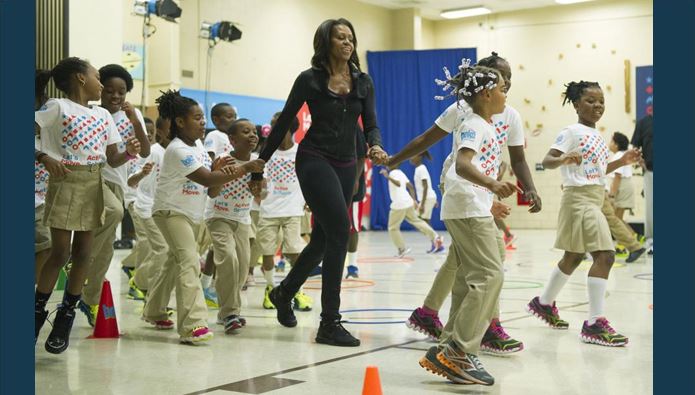
Nov. 23 (UPI) — The vast majority of the world’s children are not getting enough physical exercise — and technology is one of the factors that may be to blame, according to an inaugural study Friday that detailed trends over a 15-year period among more than 1.6 million people in nearly 150 nations.
The 13-page analysis by the World Health Organization, published in The Lancet Child & Adolescent Health journal, found that 85 percent of girls and 78 percent of boys between the ages of 11 and 17 did not meet recommendations that they participate in at least one hour of physical activity per day. The report is based on self-reported data compiled between 2001 and 2016.
“There is an urgent need for national and global action aimed at decreasing levels of insufficient activity, with a particular focus on adolescent girls, requiring strong government and stakeholder leadership,” the study states.
“Strong political will and action can address the fact that four in every five adolescents do not experience the enjoyment and social, physical and mental health benefits of regular physical activity,” co-author Fiona Bull added in a statement. “Policymakers and stakeholders should be encouraged to act now for the health of this and future young generation.”
Researchers saw a slight improvement among boys over the study period, with 78 percent reporting insufficient physical activity in 2016 — down from 80 percent in 2001. Among girls, the rate of insufficient physical activity was mostly unchanged.
The analysis said inactivity was greatest in the high-income Asia Pacific region, where 89 percent of boys and 96 percent of girls reported insufficient exercise. Regions with the lowest prevalence were high-income Western countries for boys (72 percent) and south Asia for girls (78 percent).
The Philippines saw the highest overall rate of inactivity (94 percent) at the end of the study period, and Bangladesh recorded the lowest (66 percent).
The rate in the United States improved from about 76 percent in 2001 to 72 percent by the end of the study. Three years ago, 64 percent of U.S. boys and 81 percent of U.S. girls reported insufficient activity.
Part of the reason for rising numbers, experts say, has been the emergence of technology and “a real change in the way children use their time” over the last 15 years.
“I think none of us can deny the digital revolution and that screens, tablets and phones have become a part of everyday life,” Dr. Juana Willumsen, a WHO expert on physical activity, told CNBC.
Other contributing factors could be a focus on academics over athletics, access to sports and leisure facilities and unsafe roads.
“Things like active transport, walking and cycling — even the opportunities to be active outdoors in public, open spaces — have been significantly eroded over the last few years,” Willumsen added.
Researchers stressed that physical activity among adolescents brings a range of health benefits that continue into adulthood, including improvements to cardio-respiratory and muscular fitness, bone and cardio-metabolic health, and cognitive development and socializing. But, they added, the findings of the report are not exclusive to youngsters.
“Children are not lazy,” Bull told BBC News. “This tells us something universal but it’s not about children. It’s the neglect and failure of us to prioritize physical activity — and that seems to be worldwide.”






